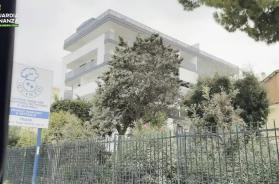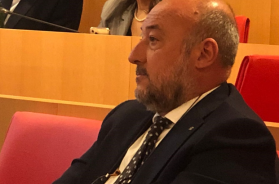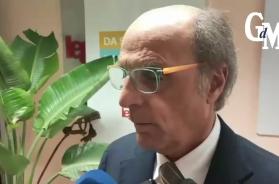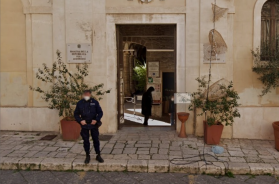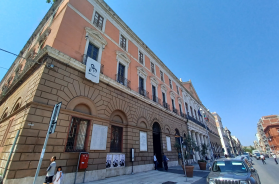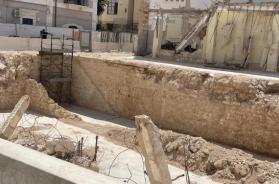Artists tended to favour curved lines at the time, which I took into account. ''Then I worked on the small imperfections revealed by the scan, adding more lines around the mouth and barely visible shadows under the eyes''. The final image, which appears in this month's edition of the Italian history publication Focus Storia, took a long time to get right. ''Reproducing the face of a queen who is surrounded by such mystery required months of painstaking, detailed work,'' said Crevatin. ''It was particularly difficult given the number of entirely diverging theories on her.
Some even believe the bust in Berlin is a fake, while others believe the queen only had one eye''. The bust of Nefertiti, who was the chief wife of Egyptian Pharaoh Akhenaten, is the central attraction at the newly reopened Neues Museum in Berlin. Thought to have been created in 1,345 BC by the sculptor Thutmose, it was discovered in the remains of his workshop on the banks of the Nile by a German archaeological team in 1912. The Egyptologist Ludwig Borchardt brought it to Germany the following year, although there are conflicting accounts of whether he lied in order to do so. Egyptian authorities have suggested the bust was smuggled out illegally and recently renewed a long-running campaign for its return. But Germany insists it acquired the Egyptian beauty lawfully and says it is too fragile to be sent back. The Egyptian antiquities director of the Berlin museum will meet with officials in Egypt next month to discuss the matter.




